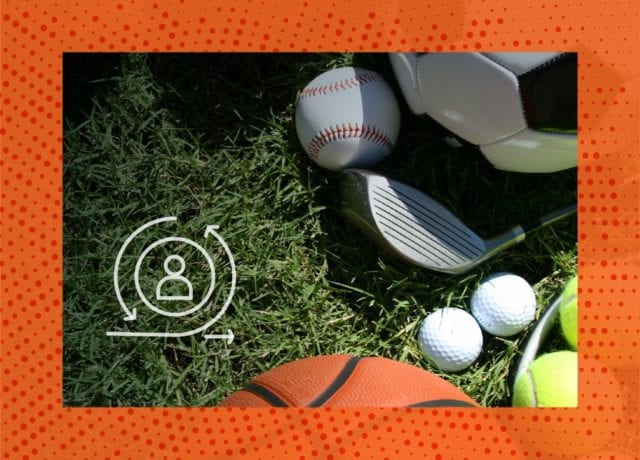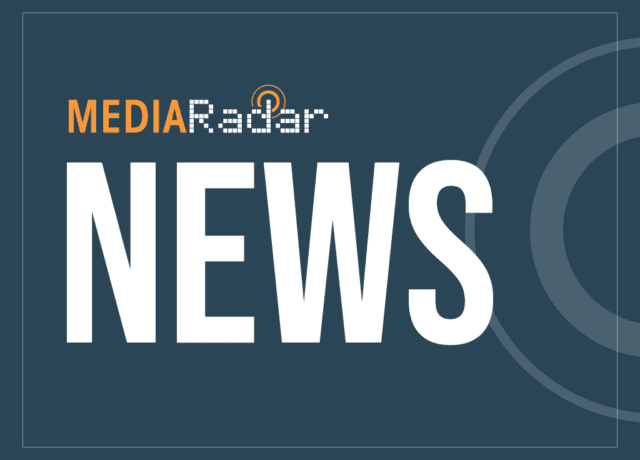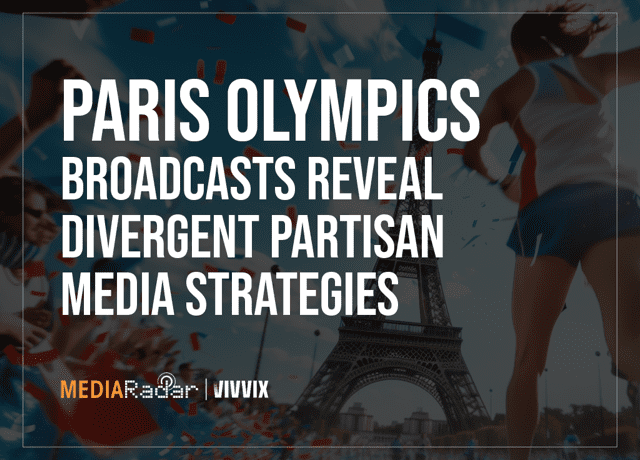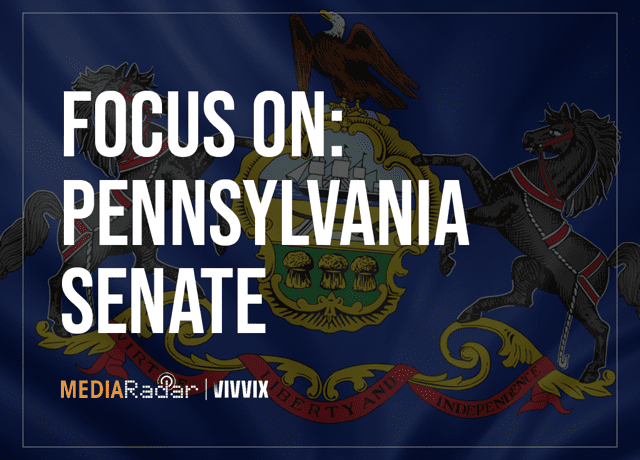Even though it only took one player to test positive for COVID-19 to put professional sports on hold, our collective risk tolerance has increased over the last three months. People are eager for their normal lives to resume — and a big part of that normalcy is sports.
“While they are proceeding with caution, there has been more progress in the last 10 days than in the previous 10 weeks,” explain Ben Cohen and Louise Radnofsky at The Wall Street Journal. “There is now real momentum behind the comeback of American sports.”
Leagues have made tentative announcements, but with conversations surrounding racial justice and the pandemic, there is a lot of uncertainty.
Here is where each league currently stands and the ad dollars at stake.
We encourage you to subscribe to our blog for the latest data surrounding the advertising industry. We will provide daily updates as COVID-19 continues to make its mark on the US economy.

Sports are likely to come back, but not without stumbling blocks
The NBA, NHL and MLS were all forced to suspend their in-progress seasons due to COVID-19 and are making plans to finish off their seasons. The MLB never began and labor disputes have prevented an official opening day announcement.
The NBA
The NBA plans to return in July in Orlando. A big point of discussion among players has been how returning to basketball will affect the movement for racial justice in the United States. Some players believe it will distract from the movement, while others explore how the return could be a powerful advocacy tool.
“It’s not a question of play or not play,” National Basketball Players Association executive director Michele Roberts said to ESPN. “It’s a question of, does playing again harm a movement that we absolutely, unequivocally embrace? And then whether our play can, in fact, highlight, encourage and enhance this movement… That’s what they’re talking about. They’re not fighting about it; they’re talking about it.”
The tentative start date is July 31st and the finals would end no later than October 12th.
The NHL
The NHL has entered its second phase of reopening. Some teams have returned to their training facilities, with strict hygiene and testing procedures in place. Players and the league have not agreed on actually returning to play and the conversations have not been as contentious as the NBA or MLB.
Returning back to play is more complicated, as players and executives iron out the details of what “life in the bubble” would look like for players and their families.
Games could return as early as August, but there are still many details and policies that need to be put in place first.
The MLB
The MLB has tried for weeks to come to an agreement between owners and players. Unlike the NBA and the NHL, the MLB never started its season but was forced to postpone its opening day by several months. If the parties don’t come to an agreement, it could be the first summer in over 150 years that there’s been no baseball.
Rob Manfred, Major League Baseball’s commissioner, clunkily jumped from between being “not confident” of a season this year to “100 percent” confidence. Manfred can order a shorter season, but he has yet to do so or announce an official opening day. It’s likely opening day will fall between mid-July and August 1st.
There is urgency to come to an agreement, especially because 40 MLB players and staff members tested positive this week.
The NFL
The NFL is the only major professional sport in a position to start its season at a normal time and stands a good chance to capture more audience attention than normal years.
The NFL plans to start September 10 and has already released its official schedule.
Even if sports come back, it will not be the same
It’s not just players and fans that are impacted by the cut in sports. Media networks have had to pay billions of dollars for sports that didn’t happen. Even if networks are eager for teams to get back, it will be far from normal. Stadiums will be empty, athletes will be living in bubbles and fans will be wondering if it’s “right” to watch sports amid a continuing health and social crisis.
“Fallow stadiums would not signal a return to normalcy as states reopen,” writes Jeré Longman at The New York Times. “They would confirm that we remain in a time of dire abnormality, undercutting the appeal of sports as escape and distraction.”
There’s debate on how to make sports feel as normal as possible when they do return. There won’t be live audiences, so do broadcasters insert fake crowd noise to recreate a ‘normal’ game? Will announcers comment from their homes or follow social distancing rules at the stadium?
Players will need to live in a “sports bubble” and follow a strict lifestyle. The NBA rolled out a 113 page rule book for keeping players safe — which covered rules surrounding everything from restricted areas to table tennis and snorkels.
Medical tests and professionals will be expensive. Boxing promotion company Top Rank, which has been operating the last few months, reported that it will have spent $500,000 on medical protocols by the end of July.
If sports leagues and players decide that all these changes are worth it, we could go from a life void of sports to an abundantly full sports schedule quickly. All the seasons will wrap up (and open) simultaneously. Instead of being spaced out with some overlap in a normal year, they’ll all be competing for our attention in a concentrated period of time.
While not everything will be the same, the return of sports will have a big impact on advertising.
MediaRadar Insights
We cannot say what TV advertising around sports media will look like in the next few months, but we can look back at the past few years to see what’s at stake.
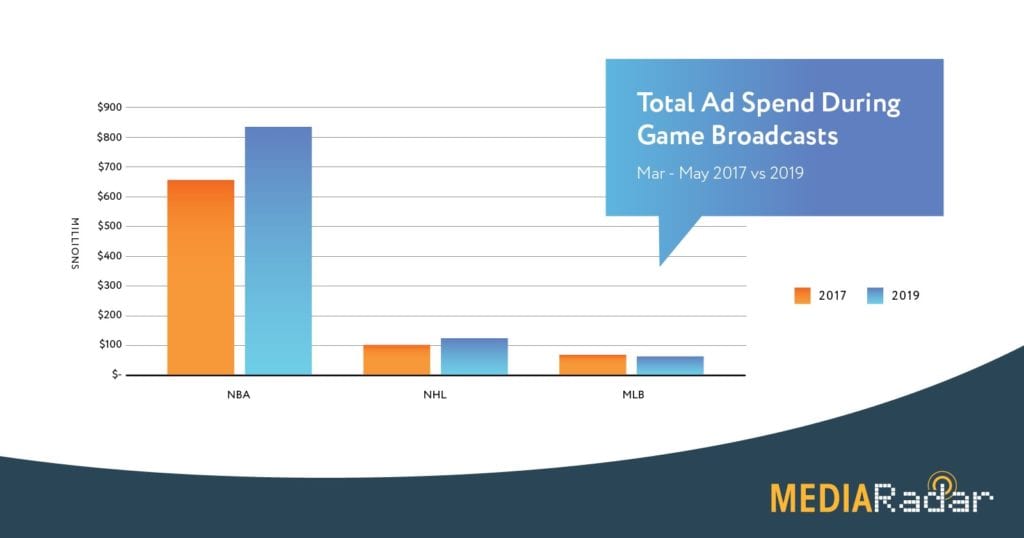
Last year, over 900 different companies advertised during a TV broadcast of a professional sport between March and May. Within the leagues, we can break down certain advertising trends during this critical time period.
The MLB: The growth from the last two years comes to a halt
The MLB saw the greatest number of advertisers during this time. It also saw the most growth in the number of brands advertising during the games, with an 18% increase since 2017. This year, it has lost out on that momentum. If players and owners can’t come to an agreement and get safety protocols in place, they may not have a season at all.
The MLB brings in over $60M in the first couple of months of the season. The reason it is notably lower in ad revenue is that these games are early regular-season games, compared to the playoff games of the other two sports.
The NBA: Basketball faces the biggest hit this year
The biggest hit of the three to broadcasters is the suspension of NBA games.
Last year, during the month of Mar-May NBA broadcasts, the NBA generated $839M in ad revenue. Each playoff game through the conference finals (which ended 5/25, taking it through this analysis) averaged 3.95M viewers.
Of the sports, NBA players have been the most focused on using their influence for the racial justice movement. When games return, we’ll see if that has any impact on advertising partners.
The NHL: Lost playoffs opportunities in this window
Behind the NBA is the NHL, which also sees the majority of its playoffs occur in the same time window. In 2019, the broadcasts of NHL games brought in over $120M in ad dollars for the broadcasters.
Combined, the three sports account for over $1B in advertising spend during the time-frame.
Across all three sports, there are common advertisers who make up large portions of the advertising spend.
The top 5 advertisers among the three sports include:
- AT&T
- An-Bev
- Hyundai
- Pepsi
- Geico
In 2019, between March and May, these top advertisers collectively spent $147M in advertising on broadcasts.
The NFL is the only season set up to start on schedule and play a regular season. Last year, over $4B was generated by ad sales during regular-season NFL football games. We’ll continue monitoring to see how the overlap of returning sports affects this number.
The return to sports is hectic at this point. Broadcasters will have a lot of work on their hands once sports come back simultaneously. How will this affect advertisers? We’ll keep sharing our insights here.
For more updates like this, stay tuned. Subscribe to our blog for more updates on coronavirus and its mark on the economy.
